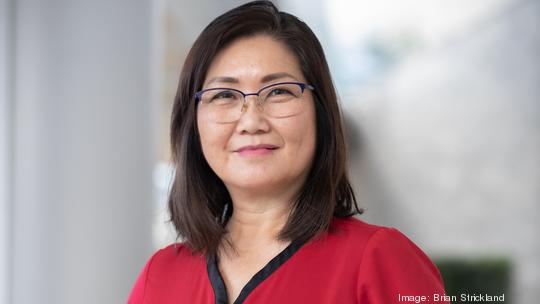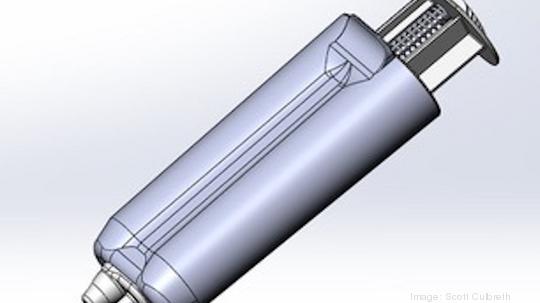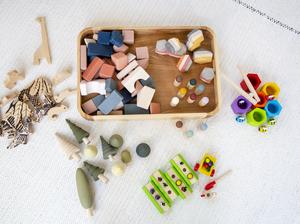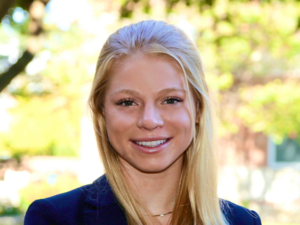
The woman behind MyKare never set out to be an inventor.
“I don’t have business experience,” said Karen Tsang, CEO of 5-year-old Raleigh startup MyKare. But that hasn’t held her back.
Her goal: To solve a problem she’s seen her entire career in working with infants – particularly during RSV (respiratory syncytial virus) season: Young children stuffed up, and worried parents looking for answers in emergency rooms.
Tsang, a 30-year nurse at WakeMed Health, has seen it time and time again, babies seemingly drowning in congestion.
“I take care of a lot of kids coming in with nasal congestion,” Tsang said. And in many cases? “They don’t need medications. The only thing helping them is the suction.”
In hospitals, suction devices do what most devices sold over the counter can’t – really relieve congestion, sucking out the gunk. And even if parents could get their hands on hospital-grade suction device, there’s a big problem. At the hospital, it takes two people – one to suction and one to hold the baby.
"I wanted a device that can be used by only one person at a time," Tsang said
After seeing hundreds of patients, Tsang felt there had to be a better way – so she made one. The initial prototype for what would become MyKare in 2016 was built with stuff she found in the hospital, the catheter from the suction device.
The patent came in 2019.

Tsang completed the working prototype – one that could be used with one hand – in January. She then ran a preclinical trial with the prototype. The next step? The registration process with the Food and Drug Administration.
“And also raising money,” she said. “It’s so I can go into production and run a soft launch at WakeMed.”
Tsang, who still works part time as a nurse as she develops her business, is also being funded by her employer. Including her personal savings and grants, she’s funneled about $160,000 into the company. She needs to raise $250,000.
“I want to produce 2,500 units to just try it out,” she said. “As soon as I get enough money or support, I will move forward with it.”


